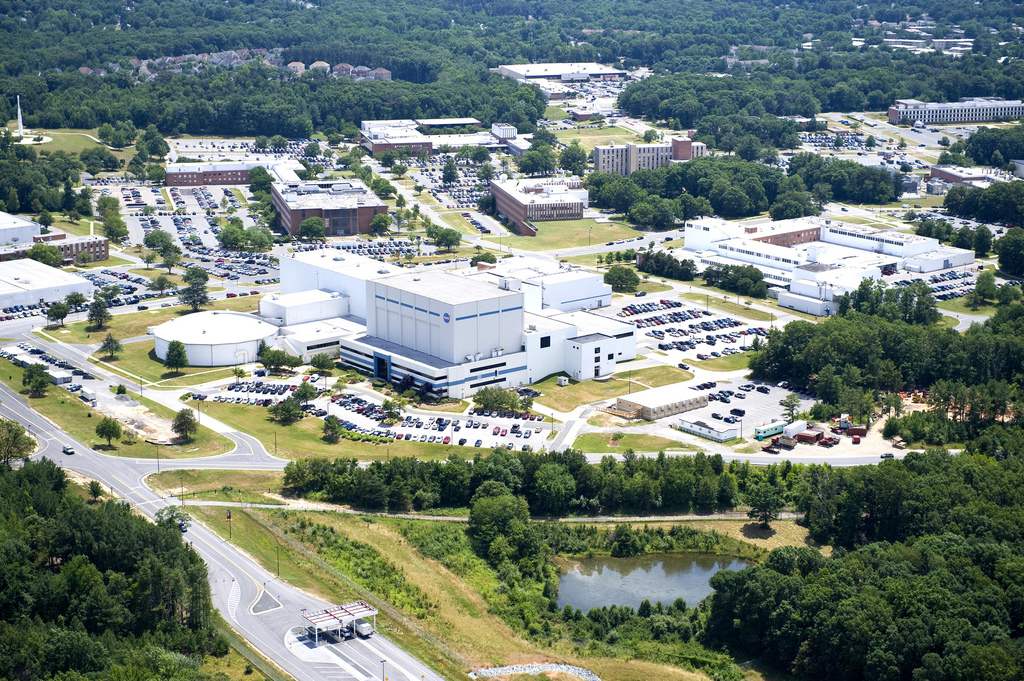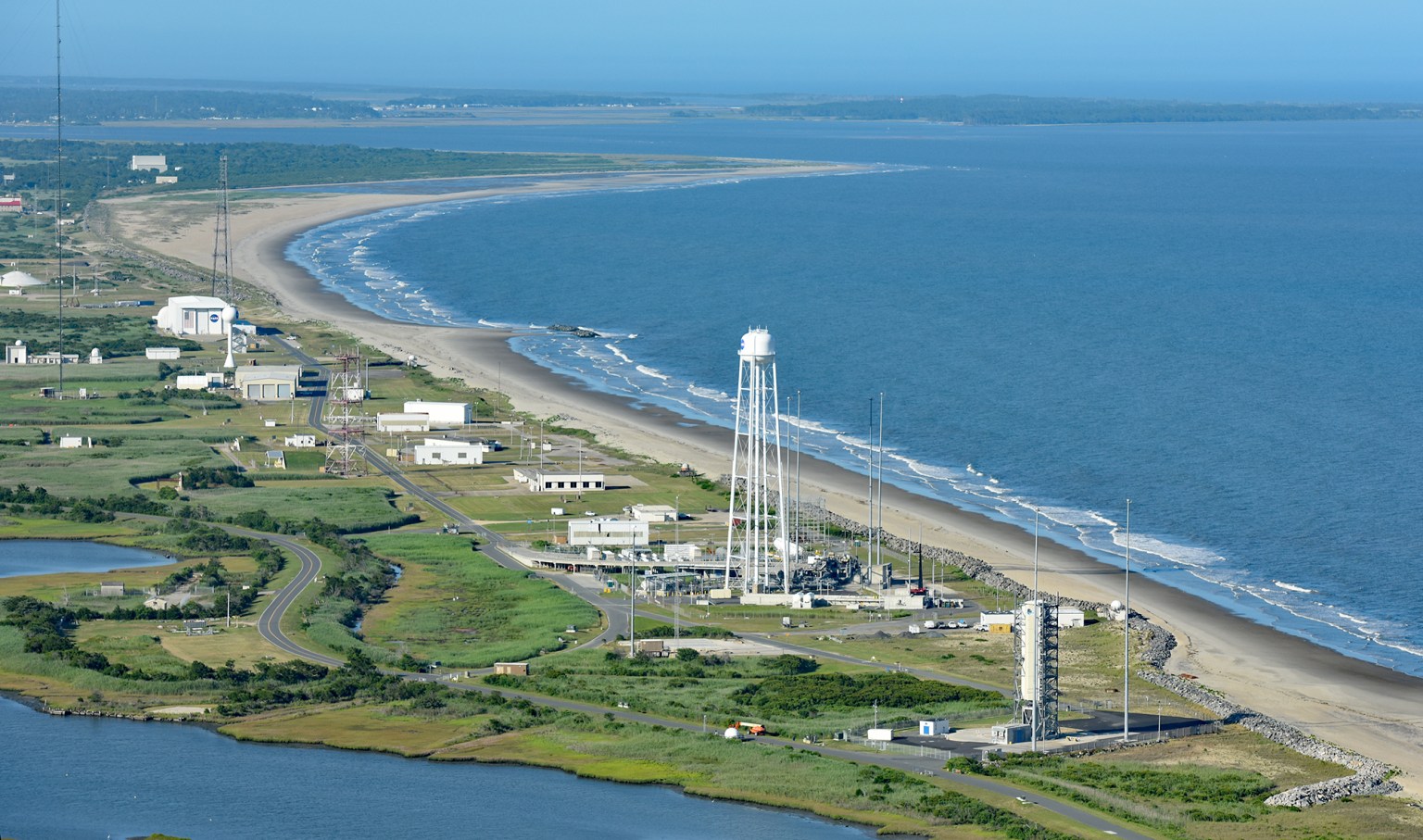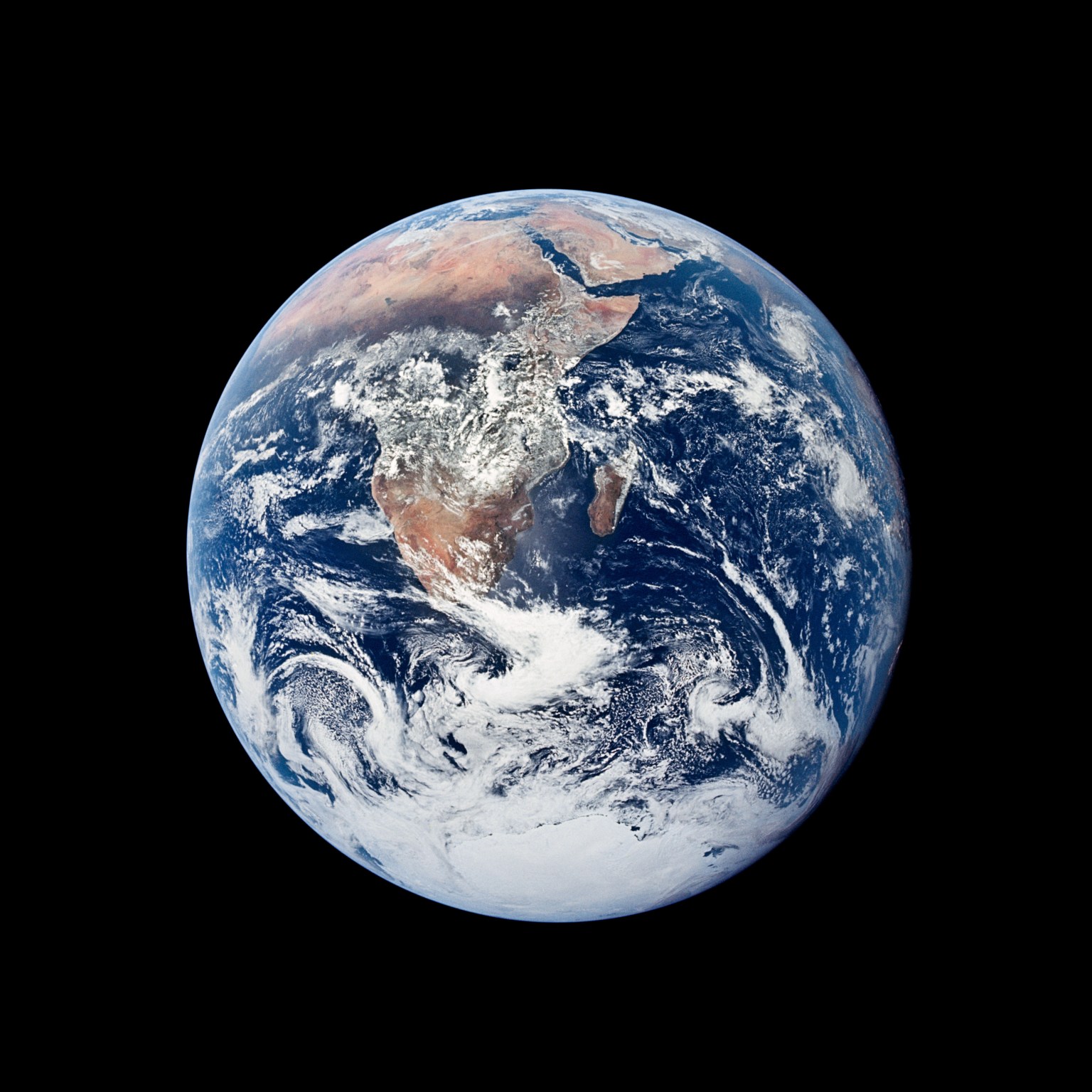Shari Miller, Wallops Flight Facility National Environmental Policy Act (NEPA) Manager and Wallops Natural Resources Manager, tracks the environmental impact of Wallops missions to promote mission success while also protecting Wallops Island's diverse ecosystems and wildlife.
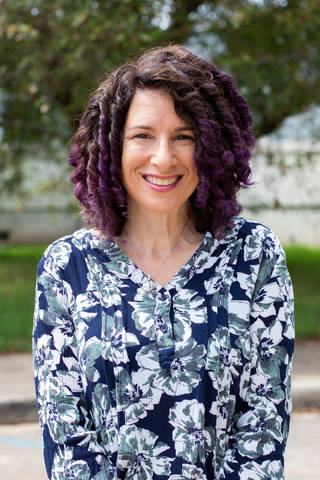
Name: Shari Miller
Title: Wallops Flight Facility National Environmental Policy Act (NEPA) Manager and Wallops Natural Resources Manager
Formal Job Classification: Environmental Engineer
Organization: Medical and Environmental Management Division, Goddard Space Flight Center (Code 250)
What do you do at Goddard?
For half my job, I do environmental planning and review all projects and missions looking to come to Wallops or that Wallops project managers are looking to perform anywhere in the world. For the other half of my job, I manage the natural resources permitting and review at Wallops.
Why did you become an environmental engineer?
I have always been an outdoors person and was raised to love nature and the environment. I have a Bachelor of Science in chemistry and biology from Salisbury University and a master’s in environmental science from the University of Maryland. I have worked at Wallops for over 23 years.
What are some of Wallops’ unique environmental attributes?
From a natural resources perspective, I often say that Wallops has all the aspects of NASA’s Kennedy Space Center (which shares its home with the Merritt Island National Wildlife Refuge) in Florida but in a compressed area. We have endangered species including nesting shorebirds called the piping plover and red knots, and protected species, including bald eagles and peregrine falcons. Loggerhead sea turtles sometimes nest on our shores. Seals may stop to rest. We protect all these species while launching rockets and unmanned aerial systems (UASs) or drones above them.
For the other half of my job, I can be analyzing the environmental impacts of a rocket launched from a balloon over Hawaii ranging to that of replacing a bridge or building a new rocket launch pad at Wallops, all in the same day. Environmental impacts may include noise levels; socioeconomic effects in the community; and changes, positive or negative, to air, water, or other natural resources. Environmental planning allows the public to comment on proposed federal projects including infrastructure and mission.
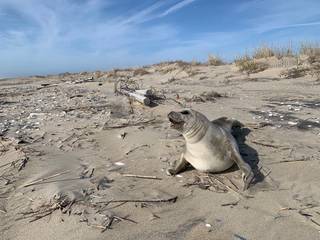
What is the coolest thing you have done at work?
In 2015, I worked on a NASA mission called the Low Density Supersonic Decelerator (LDSD) project in Hawaii. A sounding rocket launched from a balloon was used to test a decelerator and parachute for landing rovers on Mars. NASA’s Jet Propulsion Lab in Southern California designed the decelerator and parachute. Wallops designed the balloon and sounding rocket system and performed the launch. The Navy’s Pacific Missile Range Facility provided the launch range in Hawaii. Both the balloon and the decelerator systems had the potential to land in a National Marine Monument, a highly protected area. I worked with the Hawaiian governor’s office, the Office of Hawaiian Affairs, the U.S. Fish and Wildlife Service and the National Marine Fisheries Service on obtaining the necessary permits.
I loved the challenge of working with so many entities. I planned all the permits and analyses to ensure that the mission could proceed.
Do you like to plan in advance?
The point of early planning is to “know before you go” to allow time to make any necessary changes. I am a planner, at work and in life. I start planning early. How are you going to know where you are going and get plane tickets unless someone does some advance planning?
Who inspires you?
My parents inspire me. My father passed away, but he taught me to appreciate a thunderstorm. My mom is in her mid-seventies and retired, but she never sits still. She is one of the most on-the-go people I know. If she is not walking her dogs in the woods, she is either at a card game, a college class, or on a lunch date with friends. Her energy and love of learning and reading and her excitement to share what she has learned, inspires me. I am a data-driven, scientific person. She gave me my love of nature, science, data, and learning.
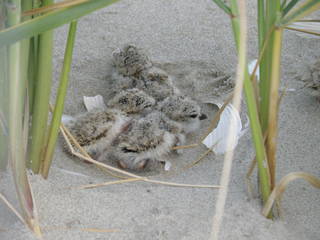
As a nature lover and environmentalist, what is your favorite place in the world and why?
I love hiking with my two dogs in the woods and to our local creeks and lakes.
I love to travel. I’ve been fortunate to have traveled a lot, including to Japan and Thailand. The top of my traveling wish list is New Zealand.
How does being in nature ground you?
I am a high-energy person. Being in nature allows me to slow down and breathe; to listen to the stillness, the wind and birdsong. Just to listen to the quiet. All this grounds and calms me, it is almost meditative. It is also energizing and recharges my battery.
What is your “six-word memoir”? A six-word memoir describes something in just six words.
Nature-lover balancing the environment and missions.
By Elizabeth M. Jarrell
NASA’s Goddard Space Flight Center, Greenbelt, Md.
Conversations With Goddard is a collection of Q&A profiles highlighting the breadth and depth of NASA’s Goddard Space Flight Center’s talented and diverse workforce. The Conversations have been published twice a month on average since May 2011. Read past editions on Goddard’s “Our People” webpage.



























